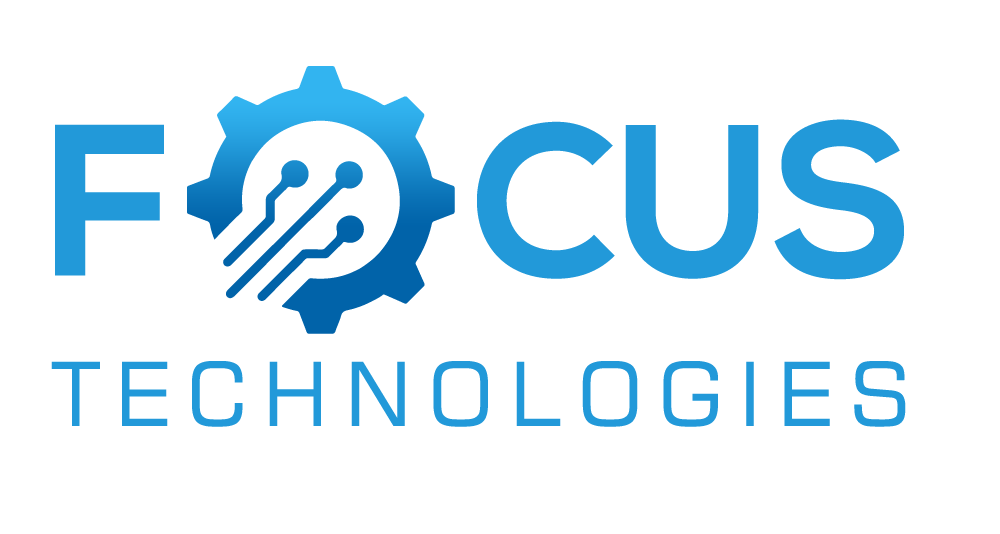bussiness
CompetitiveStrategy Development
"Crafting Sustainable Advantage: Building Effective Competitive Strategies for Market Leadership"

SWOT Analysis
Read More
SWOT analysis is a strategic planning tool used to evaluate a company’s internal strengths and weaknesses, as well as external opportunities and threats. By conducting a SWOT analysis, businesses can gain a clearer understanding of their competitive position in the market. Strengths refer to the company's advantages, such as unique capabilities, strong brand, or loyal customer base. Weaknesses highlight areas where the company may be lacking, such as resource constraints or operational inefficiencies. Opportunities identify emerging trends or market gaps that the business can capitalize on, while threats are external factors like competition or economic downturns that could harm performance. A thorough SWOT analysis helps organizations make informed decisions, mitigate risks, and leverage their strengths for long-term success.

Market Positioning Plans
Read More
Market positioning plans are strategic approaches designed to define how a company wants its brand, products, or services to be perceived by its target audience in comparison to competitors. The goal of market positioning is to establish a unique value proposition that resonates with consumers and differentiates the business in a crowded market. This involves analyzing consumer needs, competitor offerings, and market trends, and then crafting messaging, branding, and marketing strategies that align with the company's strengths. A well-executed market positioning plan helps create a distinct identity, build customer loyalty, and ultimately drive sales by effectively communicating the value of the business in a way that appeals to the right audience.

Business Model Innovation
Read More
Business model innovation refers to the process of developing new or improved ways for a company to create, deliver, and capture value. This can involve changes to the core elements of a business, such as its value proposition, revenue streams, customer segments, or distribution channels. By exploring new technologies, market trends, and customer needs, businesses can redesign their business models to stay competitive, adapt to disruptions, and unlock new growth opportunities. Business model innovation encourages companies to think creatively, challenge traditional approaches, and find more efficient, sustainable, or scalable ways to meet market demands. Ultimately, it helps businesses stay ahead of the curve, drive profitability, and ensure long-term success in a constantly evolving landscape.

Scenario Analysis
Read More
Scenario analysis is a strategic planning tool used to evaluate and prepare for possible future events or outcomes by exploring various scenarios and their potential impacts. It involves identifying key variables, uncertainties, and trends that could influence the business, and then constructing different plausible future scenarios. These scenarios can range from optimistic to pessimistic and help businesses anticipate potential risks and opportunities. By examining the potential consequences of each scenario, companies can develop flexible strategies and contingency plans to navigate uncertainties. Scenario analysis is particularly useful for long-term planning, as it helps organizations make informed decisions, reduce risks, and ensure resilience in a rapidly changing environment.
For Enquiry
Focus Technologies is a global consulting firm specializing in Operational Excellence, R&D, and cutting-edge business solutions, empowering organizations with innovative training, digital transformation, and strategic growth.
Useful Links
Menu

